Learn about Nubian culture
Just outside the hustle and bustle of Kampala we visited a women’s craft group, primary school, and orphanage, and then enjoyed Nubian hospitality at Mama Milly’s home.
This post is part of a series on community tourism in Uganda. Community Based Tourism Initiative (COBATI) is an NGO that promotes community development, environmental conservation, and sustainable tourism in Uganda.
Uganda
The Nubian people migrated to Uganda from the Nuba mountains in northern Sudan during colonial times. Today, the Nubian community in Uganda is a minority group recognized in the 1995 constitution. The biggest concentration of Nubians live in Bombo Village one hour north of Kampala.
In 2005, Bombo Village partnered with COBATI to create the Bombo Community Tourism Project to promote community tourism as an income-generating activity. Some of the project’s objectives are to provide cultural exchange between visitors and the community, empower communities to foster conservation, and turn rural people into entrepreneurs.
Nubian Culture
The Nubians have a distinctive culture which includes language, dress, hair dressing , cuisine, dance, handcrafts, and festivals. Each year, there is a gathering of Nubians from all over Africa in a different country (local residents host visitors in their homes). The intent is to preserve the culture and get to know the community. Each village picks a color scheme and all of the women wear that color. There are competitions for dress and dance. We happened to visit after annual gathering and the women still had the henna dye on their hands and feet (they make the henna).
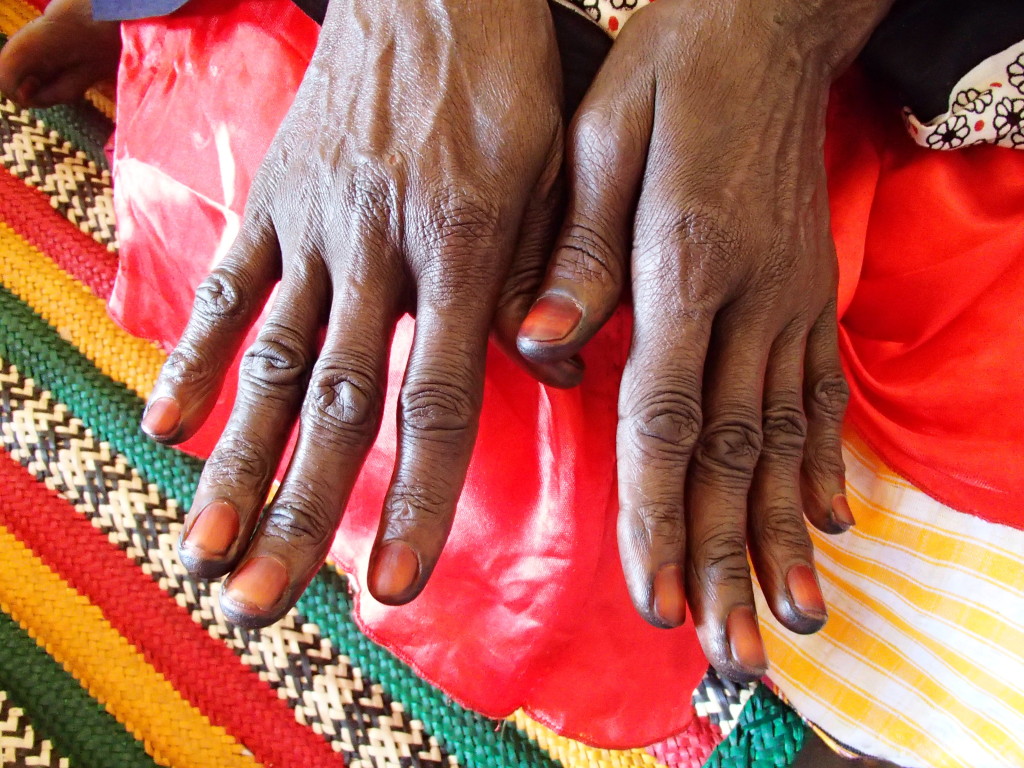
Henna dye
Ugandan Handcrafts
There are 35 women in the handcraft group who create baskets, placemats, and food covers. First they gather reeds from the wetland, dry them, and then hand dye in a variety of colors. Sometimes they add other materials like ribbons. It takes roughly one week to make a basket. The patterns and colors are traditional – they are passed down among the generations. The women also bring in new, modern designs and sometimes get ideas from customers. And, they are experimenting with new products like necklaces with beads made from magazines (another women’s group makes the beads). The women teach the skills to their daughters. The learning time varies according to the skill of the student. There are different grades / specialties. The group sells their handcrafts at the Nubian Cultural Center and also does custom orders for visitors and shops in Kampala.
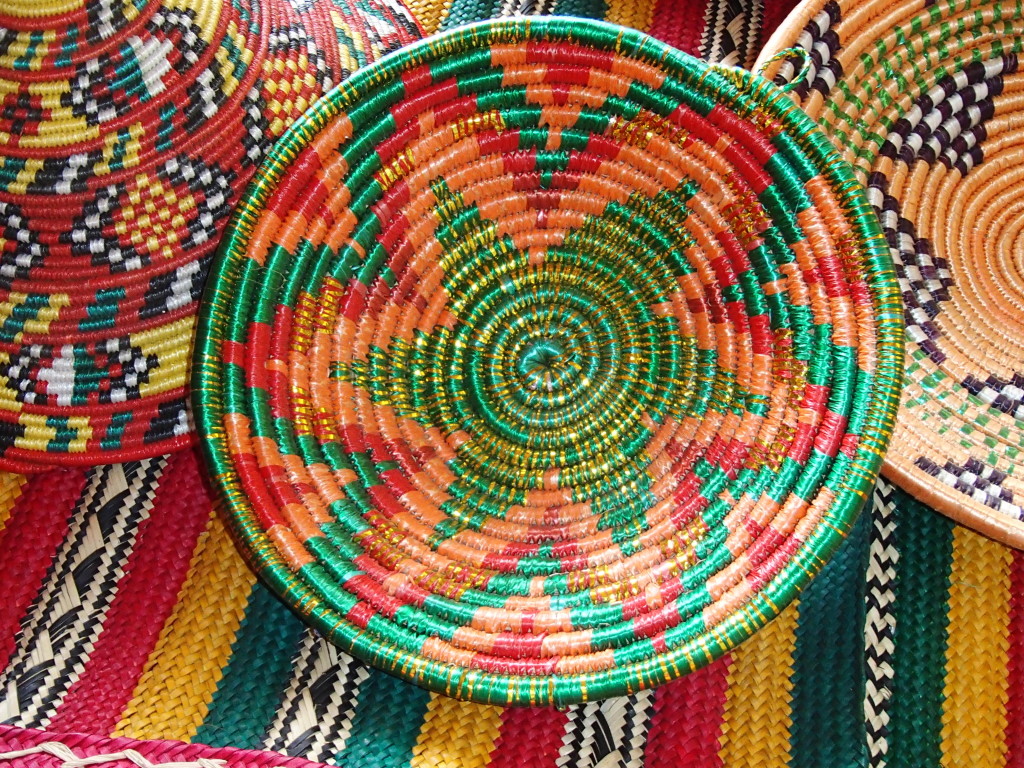
Pretty!
The Impact: Before the group was created, the women worked at home on their own. Now they have a shop to sell their goods and peers who share ideas and provide support. In addition, the husbands treat the women differently. They show more respect because the women bring income to the family that is used to pay the children’s school fees.
Bembe Hills Primary School
The Bembe Hills Primary School provides education for children up to grade seven. There are academics and after school clubs like writing. In 1958, the village parents created the school, and since then it has gone through many transformations. Part of the funding comes from tourism. The school’s current needs include books and sports equipment. Here’s some trivia… The language of East Africa is Swahili, textbooks are in English, and tribes also have a unique language.

Bembe Hills Primary School
Elohim Orphanage
Due to war and HIV there are many orphans in Uganda. The Elohim Child Development Association created a semi-self-sustaining home for some of these orphans. We met staff members and had a tour of the grounds. Unfortunately we didn’t get to meet the 35 kids that live there because we visited when they were at school. The first thing that stood out was the cool paintings on the driveway walls. There were diagrams of the carbon cycle, nitrogen cycle, digestive system, human body, and more. In 2011 – 2012, the group planted a garden with vegetables along with popo guava, mango, orange, avocado, cassava, and passion fruit. They also have a fish pond to produce fish for food. The kids learn, music, dance, and drama; and they conduct performances to earn money for food clothing and medicine.
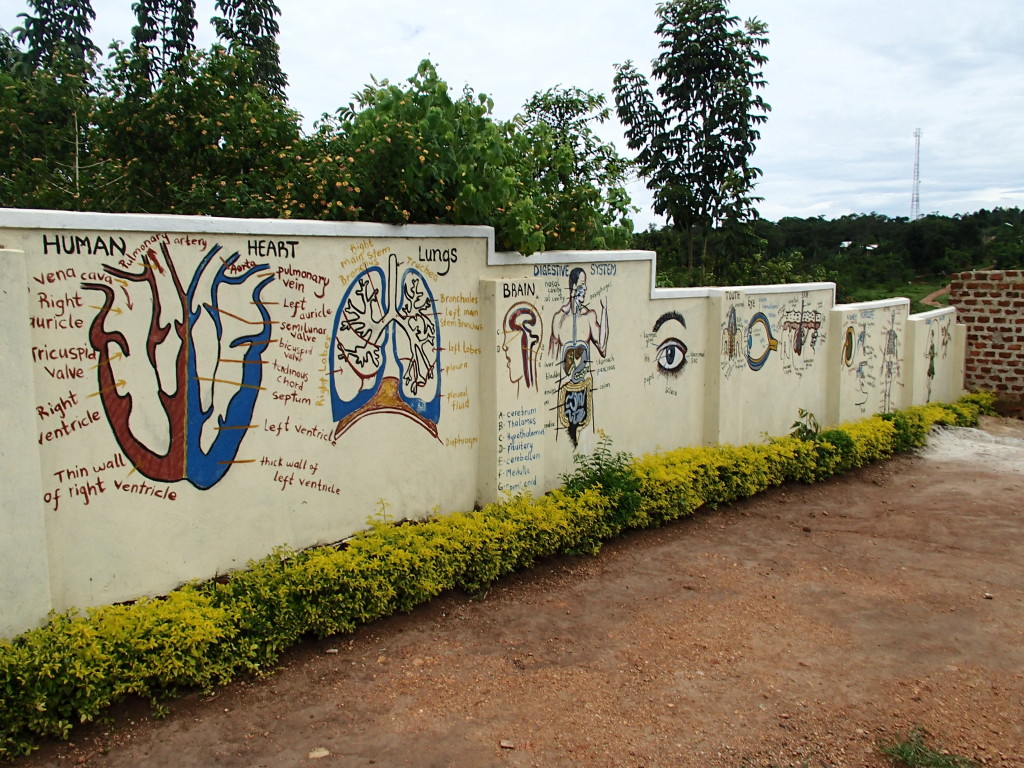
Elohim Orphanage
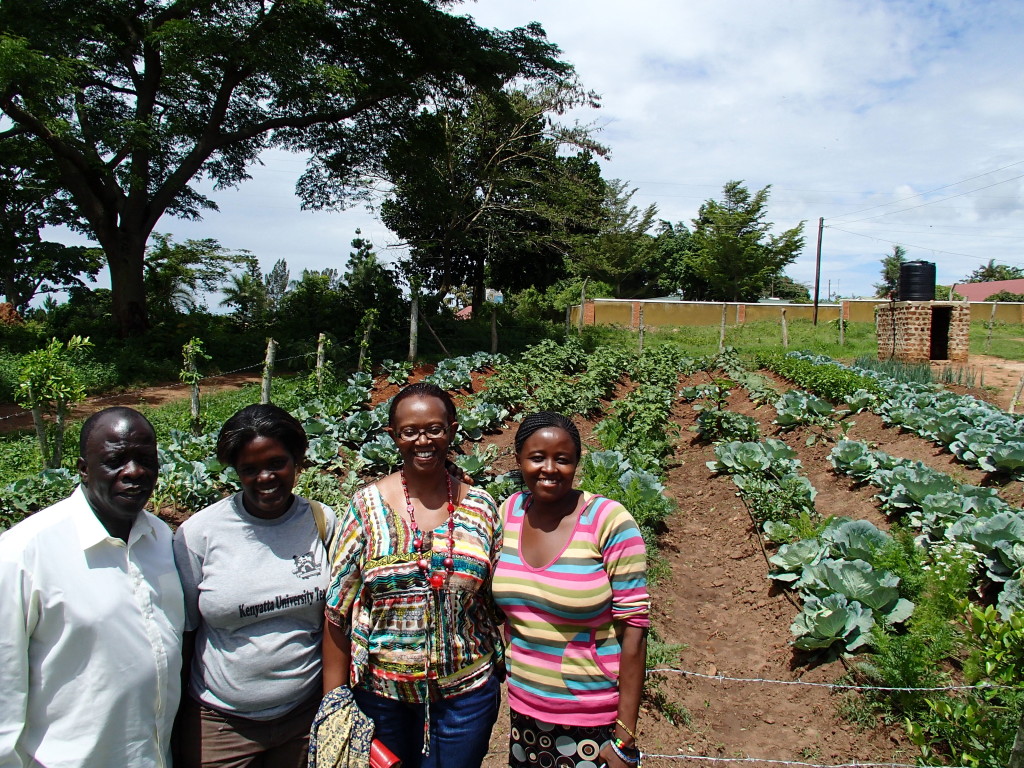
Elohim, Bombo Village, and COBATI representatives
Mama Milly’s House
After touring the village, we went to Mama Milly’s home for lunch. When we drove up, the Bombo Tourism Drama Group greeted us with song and dance! The group was created to enable talented Nubian men and women to participate in and benefit from community tourism through their music, dance, and drama skills. The main Nubian ceremonial dance is called Doluka. Women form a line and sway their hips and dresses. Then the men form a line facing the women and dance. All wave white pieces of cloth, which symbolizes happiness. At the end, the crowd joins in. After the welcome, we sat on traditional mats and had a lunch of chicken, beef, rice, banana, bread/pancake, and millet. Mama Milly hosts visitors for lunch or snacks during Bombo Village tours.

Bombo Tourism Drama Group

Lunch at Mama Milly’s
Visit Bombo Village
Stop by:
If you are driving from Kampala along the highway to northern Uganda and Murchison Falls National Park, you will pass the Nubian Mini-Cultural Center. Stop in to say hello and shop for crafts (the shop is open every day).
Plan a private tour:
Better yet, contact COBATI to plan a full or half day tour of Bombo Village so you can meet everyone.
Volunteer:
If you are looking for a short-term volunteer project, there are opportunities to teach at the Bembe Hill Primary School or help the women’s craft group with marketing and/or design/production techniques.


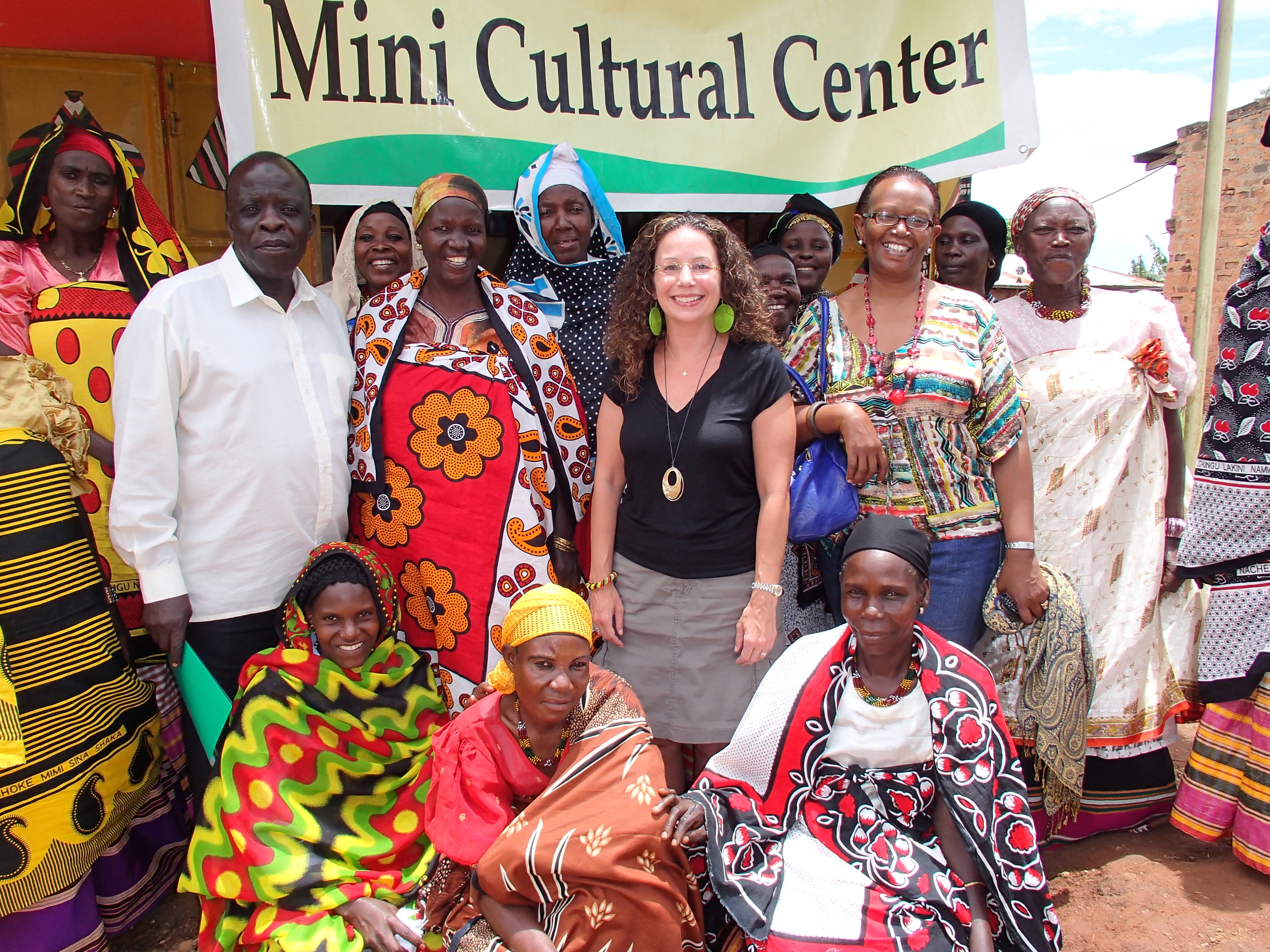
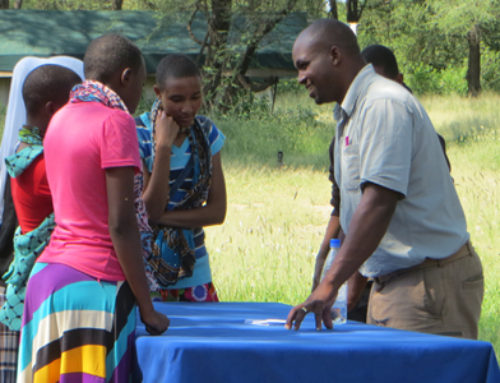
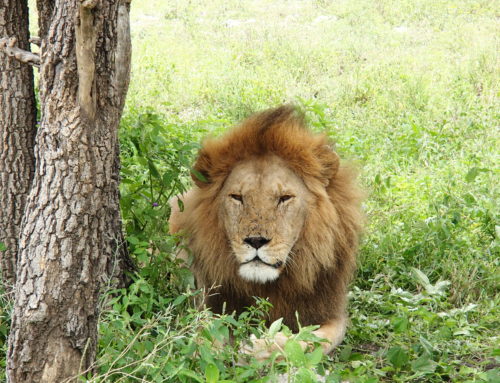

Leave A Comment